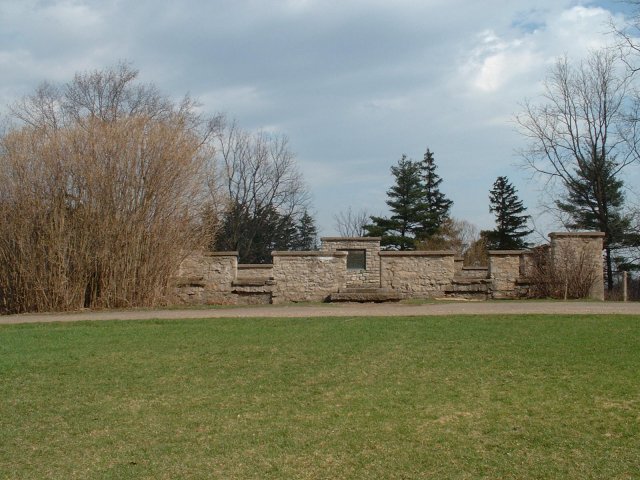


1812-1950
Born of English stock in Vermont in 1766, John Decou came to Upper Canada as a young United Empire Loyalist and became a pioneer farmer, fruit grower and industrialist. He married Catherine, daughter of Frederick Docksteter of Butler's Ranger's in 1796. They had eleven children. He died in 1855 at Decewsville in Haldimand, a second community of which he was the founder and which bore his name.
After the war he restored and developed this property and the area became the hamlet of Decew Town now Decew Falls. He advocated and became director of the first Welland Canal. When the route was changed leaving the mills without water power, he became an opponent of the scheme. Because of the diversion of water from his mills John Decou sold this place in 1834. The purchaser, David Griffiths, and his descendants occupied the house until 1942. It was acquired with the surrounding property by the Hydro-Electric Power Commission of Ontario for the extention of the Decew Falls Generating Station which originally had been created by the diversion to the stream of John Decou, of additional water from the third Welland Canal. In 1950 while unoccuppied, it was destroyed by fire believed to have been of incendiary orgin. It was preserved in it's present state and this tablet erected in 1952 by the Hydro-Electric Poer Commission of Ontario.
CLICK HERE for another view of the home.
CLICK HERE for another view of the home.
CLICK HERE for another view of the home.